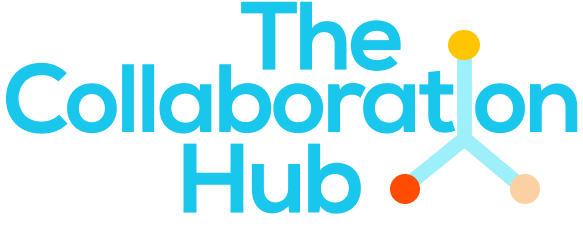 Identifying the Opportunity
Identifying the Opportunity
Partner mapping and analysis
Partner identification
Understanding the existing landscape of organizations and actors that are relevant to your activity is the first step towards identifying potential future partners that could help you fill identified gaps.Compile a comprehensive list of potential partners. This could be categorized by expertise and based on the results of the gap analysis. For example; service providers, commercial companies, media, NGOs, community organizations, faith groups, and policymakers. This list should include individuals and entities directly involved in or impacted by media content addressing gender norms. Other areas to consider:
- The level and form of expertise, skills, resources, access, and credibility that could enhance your reach and influence.
- Including a diverse range of stakeholders, such as young people, individuals of all genders and those from marginalised or underrepresented groups.
- Identifying early adopters as change champions. These could be individuals or groups already championing gender equality to form a supportive network that models and promotes positive norms.
From each category, create a shortlist of partners who are most suitable for collaboration. This shortlist will undergo further evaluation in Specialism and Influence.
Throughout the project, you can add to and revisit the list of partners, in order to fill gaps or bring additional resources, expertise and perspectives to the collaboration.
